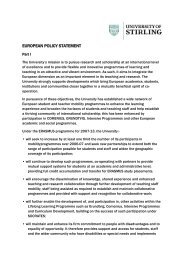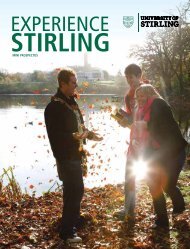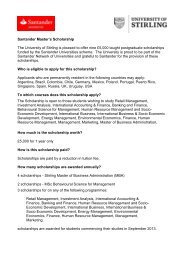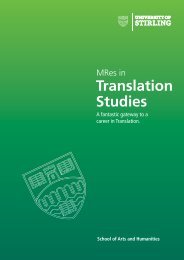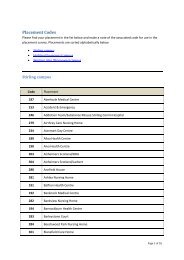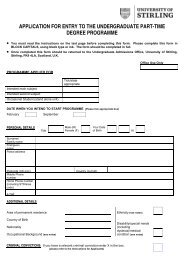Supporting a uK SucceSS Story: The impacT of - Research Councils ...
Supporting a uK SucceSS Story: The impacT of - Research Councils ...
Supporting a uK SucceSS Story: The impacT of - Research Councils ...
Create successful ePaper yourself
Turn your PDF publications into a flip-book with our unique Google optimized e-Paper software.
Strengthening foundations<br />
through 3D geology<br />
Around half <strong>of</strong> all cost and time over-runs on civil engineering<br />
projects are caused by ‘unforeseen ground conditions’, partly<br />
because we don’t understand enough about the ground’s<br />
physical, mechanical and chemical properties, and the<br />
processes acting on it. <strong>The</strong> 500-acre Olympic Park was no<br />
exception; all the major development projects there involved<br />
ground that engineers class as ‘difficult’. <strong>The</strong> land has been<br />
affected by high groundwater levels, compressible soils – which<br />
threaten foundations and underground constructions – and<br />
contamination from pollutants like oil, petrol, tar, arsenic and<br />
lead, which pose serious risks to water supplies and ultimately<br />
human health if left untreated.<br />
“3D mapping<br />
helps<br />
engineers<br />
understand<br />
potentially<br />
difficult ground<br />
conditions<br />
by predicting<br />
the properties<br />
<strong>of</strong> rocks<br />
and other<br />
sub-surface<br />
features.”<br />
Traditionally, geological information has been displayed in two<br />
dimensions – as maps supported by cross-sections. <strong>The</strong> Natural<br />
Environment <strong>Research</strong> Council’s British Geological Survey (BGS)<br />
has significantly increased the value <strong>of</strong> geological information<br />
to the construction industry, by combining geographic<br />
information with 3D modelling s<strong>of</strong>tware to produce highresolution<br />
geological models <strong>of</strong> the shallow sub-surface. This<br />
3D mapping helps engineers understand potentially difficult<br />
ground conditions by predicting the properties <strong>of</strong> rocks and<br />
other sub-surface features they may encounter. Using 3D<br />
models makes it easier to find drift-filled hollows, depressions in<br />
the bedrock filled with unconsolidated materials like sands and<br />
gravel which can cause major problems, such as uneven settling<br />
<strong>of</strong> a building’s foundations. BGS also developed a prototype<br />
screening tool for the Olympic Park, which will enable planners<br />
to more efficiently evaluate possible sources <strong>of</strong> pollution and<br />
the pathways – like flooding – by which it could find its way<br />
into groundwater and become a risk to human health and the<br />
environment.<br />
Using the models, BGS created ‘intelligent’ map layers and<br />
systems that support planning by clarifying the consequences<br />
<strong>of</strong> different choices. This means difficult conditions can be<br />
anticipated and mitigated, potentially significantly reducing the<br />
time and costs <strong>of</strong> construction projects.<br />
SECTION ONE : TECHNOLOGY 11





